Essential Tips for Selecting an Aluminum Bass Boat
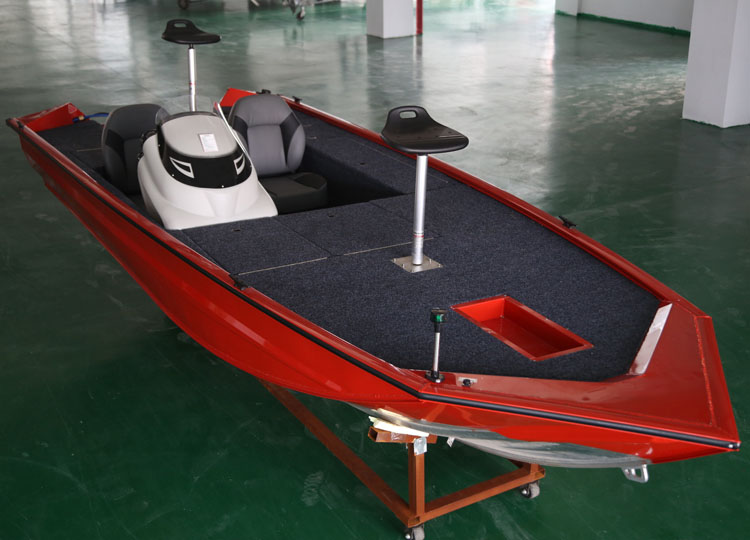
Choosing the right aluminum bass boat can make or break your fishing experience. A well-suited boat enhances your comfort, performance, and overall enjoyment on the water. Did you know the aluminum fishing boat market is booming?
It’s projected to grow from $1,362.5 million in 2021 to $2,491.8 million by 2030.
Recreational fishing participation has increased by 1.5% since 2016.
Clearly, more people are realizing how the perfect boat transforms their time on the water.
Key Takeaways
Picking the right aluminum bass boat makes fishing better. Think about where you fish, how many people join, and your budget.
Aluminum boats are light, strong, and affordable. They need less care than fiberglass boats, which is great for fishers.
You can customize your boat to match how you fish. Check for things like storage space and layout changes to make trips easier.
Aluminum vs. Fiberglass Bass Boats
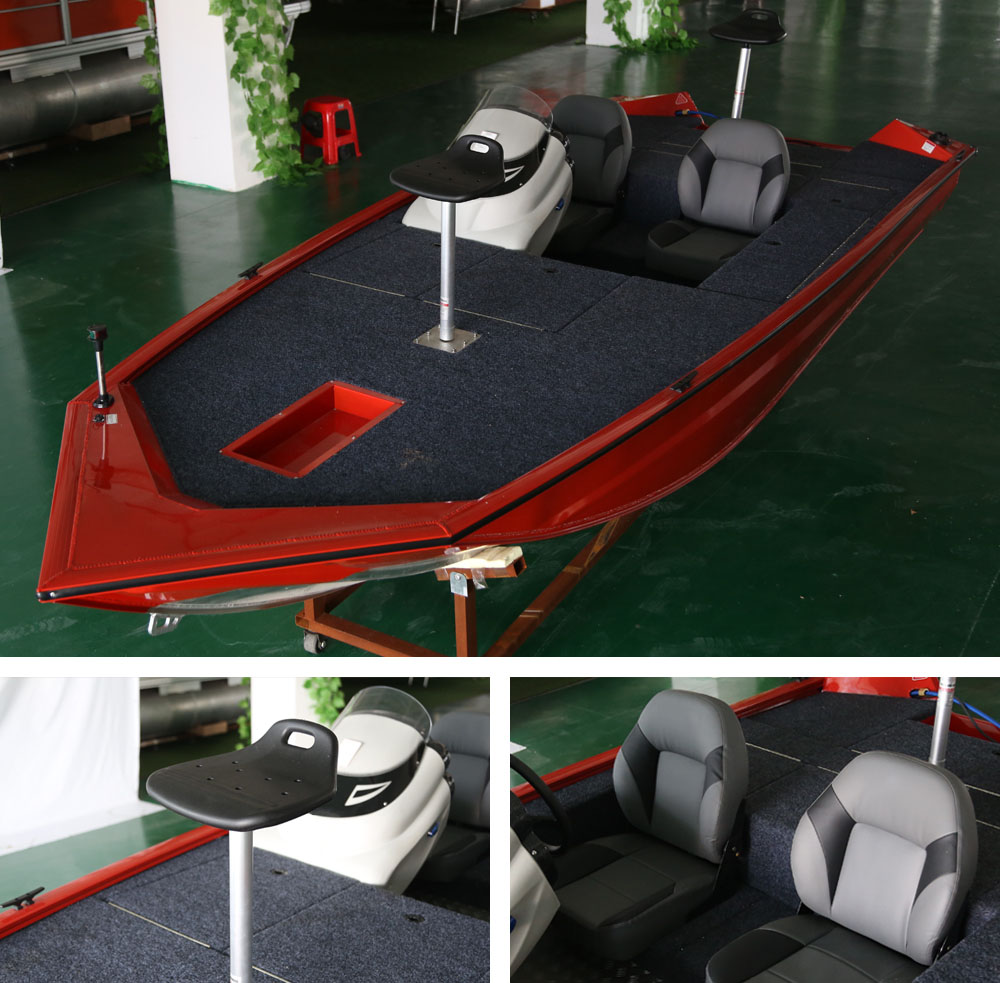
When picking a bass boat, people often compare aluminum and fiberglass. Both have good points, but your choice depends on what you need. Let’s look at the details.
Pros and Cons of Aluminum Bass Boats
Aluminum bass boats are popular with anglers for many reasons. Here’s why they’re a great choice:
Lightweight and Easy to Handle: These boats are lighter than fiberglass ones. They’re simple to tow, launch, and steer, even for beginners.
Durable and Resilient: They can handle bumps and dents instead of cracking. Fixing dents is cheaper and easier than fixing cracks.
Cost-Effective: Aluminum boats cost less to buy and maintain. You don’t need to wax them or spend much on repairs.
Versatile Performance: Their light weight works well with smaller engines. This saves money on gas and running costs.
But aluminum boats aren’t perfect. They can be louder on the water, which might scare fish. Also, they don’t ride as smoothly as fiberglass boats in rough waters.
Pros and Cons of Fiberglass Bass Boats
Fiberglass bass boats are known for their sleek look and great performance. Here’s why people like them:
Smooth and Quiet Ride: They move quietly and comfortably through the water.
Long-Lasting Durability: With care, they can last up to 50 years, making them a smart investment.
Aesthetic Appeal: They look polished and high-end, which many boaters enjoy.
Stable in Rough Waters: Their heavier weight keeps them steady in choppy water.
However, fiberglass boats are heavier, so they’re harder to tow and launch. They also need more care, like waxing, and fixing cracks or holes can be expensive.
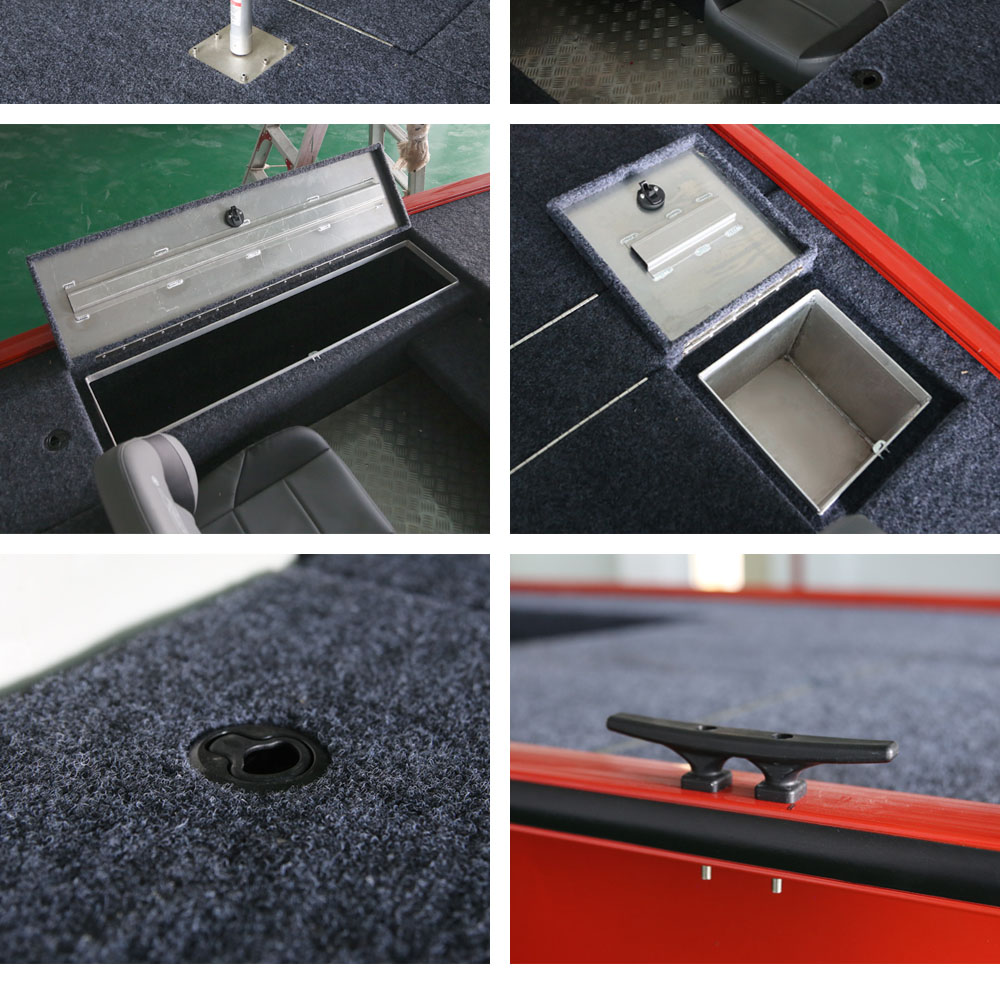
Feature | Aluminum Boats | Fiberglass Boats |
|---|---|---|
Weight | Light and easy to move | Heavy, harder to tow |
Maintenance | Low, no waxing needed | Needs regular waxing |
Repair Costs | More costly to repair | |
Damage Response | Dents are easy to fix | Cracks need major repairs |
Durability | Tough and handles damage well | Can crack more easily |
How to Select the Right Aluminum Boat for Your Needs
Picking the best aluminum bass boat depends on your needs. Ask yourself these questions:
Where will you use it? For shallow waters, pick a boat with a shallow draft. For rough waters, choose one with a deeper hull.
How many passengers? Think about size and seating. A boat like the Kinlife 17ft Speedboat fits four people, great for families or friends.
What’s your budget? Aluminum boats are affordable, but prices differ. Find one that’s worth the money and fits your budget.
What features do you need? Many aluminum boats can be customized. Think about storage, seating, and other features to improve your trips.
If you want a strong, affordable, and flexible option, aluminum bass boats are a great pick. They’re perfect for anglers who want a dependable boat without high upkeep costs.
Key Factors for Choosing the Best Aluminum Bass Boat

When picking the best aluminum bass boat, think about a few key things. These will help you find a boat that fits your needs. Let’s break it down.
Size and Passenger Capacity
The size of the boat is very important. It decides how many people can join and where you can go. A small boat works for solo trips or small lakes. A bigger boat is better for families or large waters.
Here’s a simple guide:
Number of Passengers: How many people will usually join you? For instance, the Kinlife 17ft Speedboat seats four, great for small groups.
Fishing Environment: Fishing in shallow water? Pick a small boat with a shallow draft. For rough waters, choose a bigger boat with a deep hull.
The right size gives you enough room for people and gear without feeling crowded.
Hull Design and Water Performance
The hull design affects how the boat moves on water. It impacts speed, stability, and handling. Here are the main hull types:
Flat Bottom: Best for calm, shallow water. It’s stable and great for small lakes or rivers.
V Hull: Faster and works well in different water conditions. It’s a good all-around choice.
Deep-V Hull: Made for rough waters. It stays steady and gives a smooth ride in choppy water.
Think about where you’ll use the boat most. Calm lakes need a flat-bottom hull. Rough waters may need a deep-V hull.
Features and Customization Options
The features of your boat can improve your fishing trips. Look for things like live-wells, rod lockers, casting decks, and storage spaces. These make fishing easier and more fun.
Customization is another big plus. Many aluminum boats let you adjust designs to fit your needs. Here are some popular options:
Customization Option | What It Does |
|---|---|
Branding | Add personal or business logos. |
Design Customization | Change layouts and features as needed. |
Storage Solutions | Organize compartments for your fishing gear. |
Customizing your boat makes it perfect for your fishing style, whether casual or serious.
Budget and Long-Term Value
Your budget is a big part of choosing a boat. Prices range from $10,000 to $60,000. Set a budget before shopping. Also, think about long-term value, not just the price.
Here are tips to get the best value:
Smart Use of Space: Pick a boat that uses space and materials well.
Research Models: Compare features of different boats before buying.
Plan Ahead: Will the boat still meet your needs in five years?
Check Reviews: Read reviews to see how the boat holds up over time.
By balancing cost and value, you can pick a boat that lasts for years.
Benefits of Aluminum Bass Boats
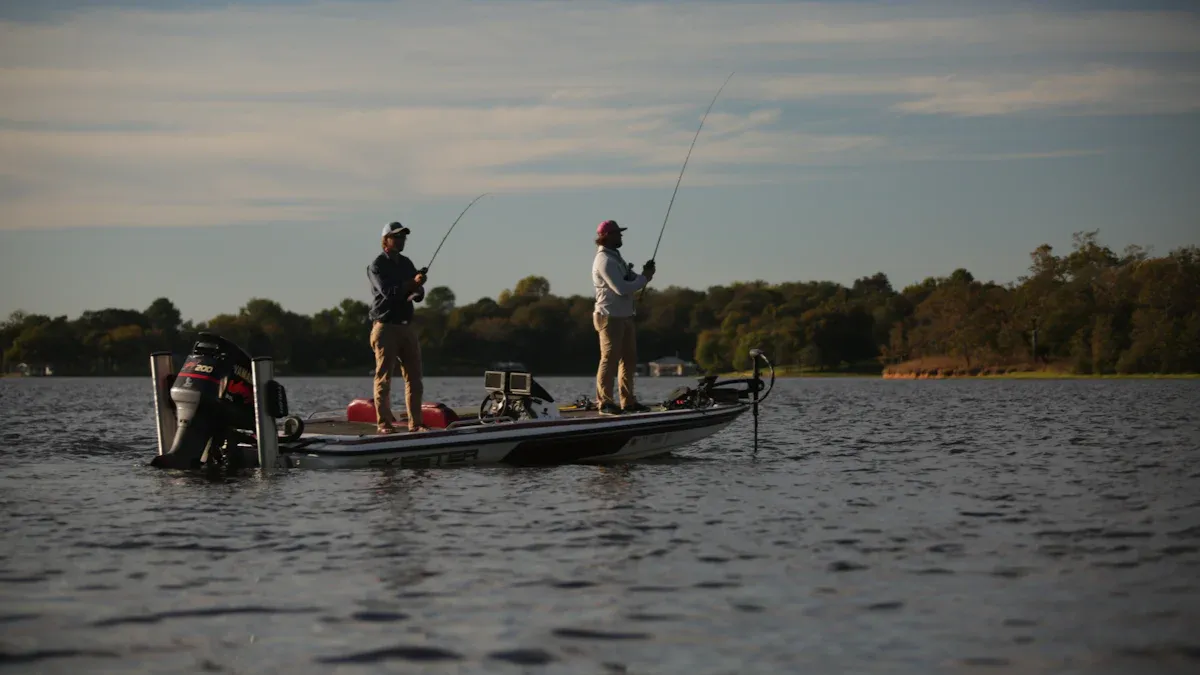
Strong and Rust-Resistant
Aluminum bass boats are tough and last a long time. Aluminum doesn’t rust, so it works well in fresh or saltwater. Water exposure won’t harm your boat easily. This strength means fewer repairs and a longer life. You can enjoy fishing without worrying about damage.
Tip: After using your boat in saltwater, rinse it with fresh water. This helps keep it rust-free and in good condition.
Light and Simple to Control
A big plus of aluminum bass boats is their light weight. They’re easy to tow, launch, and steer, even for beginners. Their light design also works with smaller engines, saving fuel costs.
Aluminum boats are much lighter than fiberglass ones, making transport easy.
Their strong but light build helps you steer better in tight spaces.
You can reach hidden fishing spots in shallow or narrow waters with ease.
Works Well in Different Waters
Aluminum bass boats handle many water types. Use them on calm lakes or near the coast. Their shallow draft lets you explore marshes or shallow rivers. This makes them great for anglers who like fishing in different places.
Affordable and Low Maintenance
Aluminum bass boats are a good deal. They cost less than fiberglass boats and need little upkeep. No waxing is needed, and repairs are cheap. Fixing dents is quick and keeps your boat looking good.
Did you know? Aluminum boats save money on gas because they’re lightweight. This makes every fishing trip more affordable.
Types of Aluminum Bass Boats
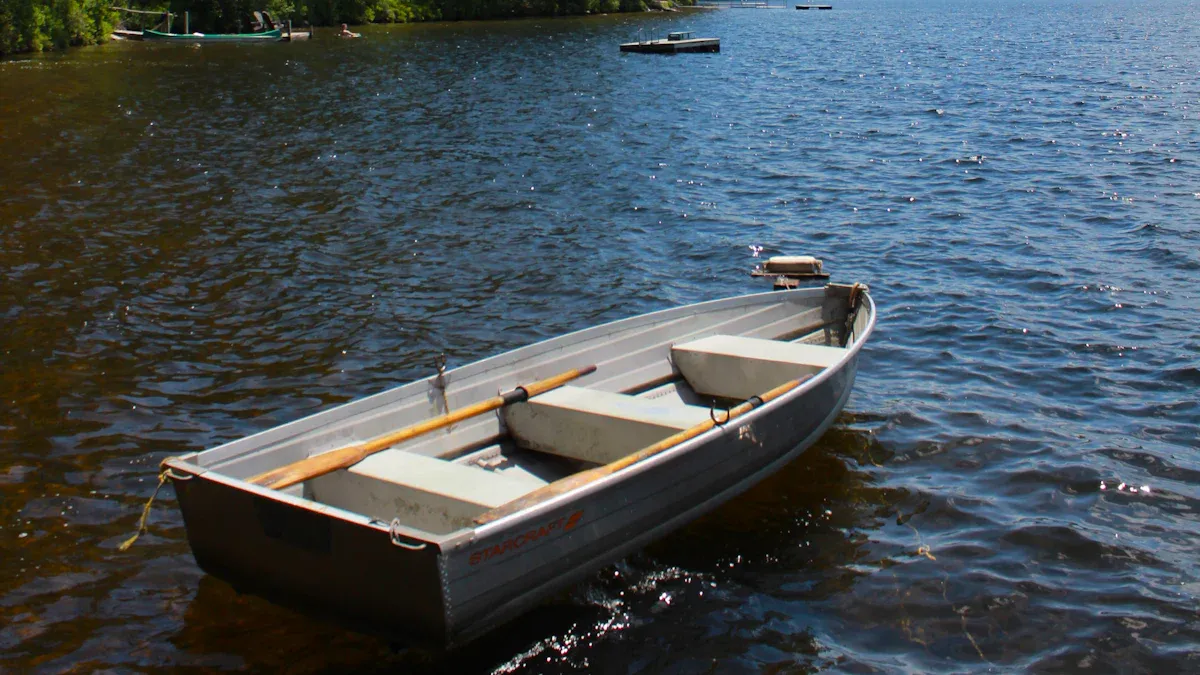
Jon Boats and Their Uses
Jon boats are simple and practical for fishing. They have flat bottoms, making them great for calm, shallow waters like ponds or slow rivers. Their light weight makes them easy to move and launch.
These boats have open space, giving room for gear or a cooler. They are also affordable, perfect for beginners or those wanting a basic fishing boat.
Tip: If you fish in marshes or hunt ducks, Jon boats are great. They easily move through shallow areas.
Deep-V Boats for Rough Waters
Deep-V boats are best for rough or wavy waters. Their V-shaped hull cuts through waves, giving a smooth and steady ride. They work well in big lakes or near the coast.
Research shows Deep-V boats handle big waves well, especially with skilled drivers. Even in tough conditions, they are safe and reliable, making them popular with anglers in rough waters.
Mod-V Boats for Versatile Fishing
Mod-V boats are a mix of stability and performance. Their hull design works well in waves but stays steady in calm water. This makes them great for lakes, rivers, or light coastal fishing.
Experts like Mod-V boats for their flexibility. Whether fishing in a quiet lake or mild waves, they perform well. They’re perfect for anglers who fish in different places.
Choosing the Best Aluminum Bass Boat for Your Activities
Pick a boat based on your fishing style and spots. For shallow water, Jon boats are the best. For rough waters, choose a Deep-V boat. If you want flexibility, go with a Mod-V boat.
Think about where you’ll fish and what features you need. The right boat will make your trips fun and successful.
Note: Always check the boat’s size, passenger space, and customization options to match your needs.
Power and Motor Options for Aluminum Bass Boats
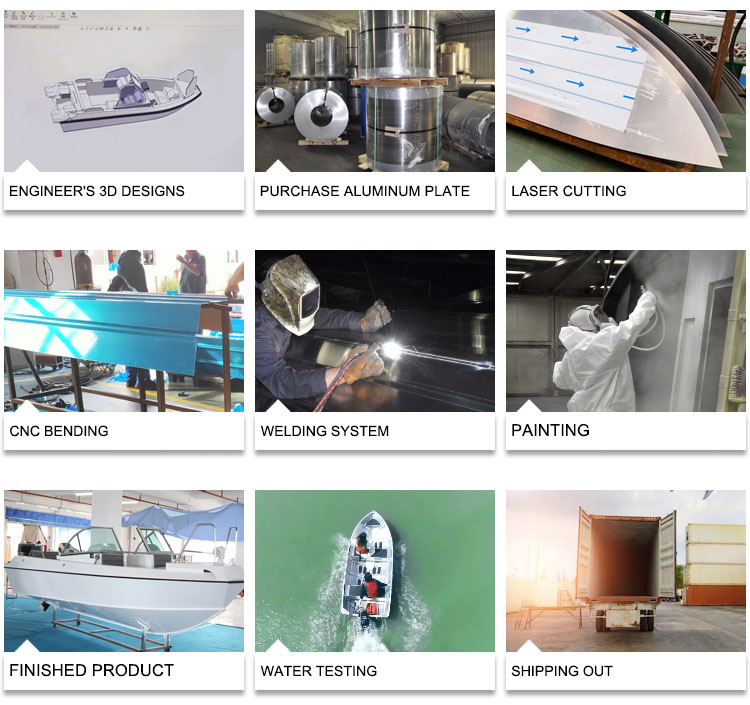
When it comes to powering your aluminum bass boat, choosing the right motor is key. The motor you pick affects speed, control, and fuel efficiency. Let’s dive into the options and how to make the best choice.
Outboard Motors vs. Trolling Motors
You’ll find two main types of motors for aluminum bass boats: outboard motors and trolling motors. Each serves a different purpose.
Outboard Motors: These are your go-to for speed and power. They’re mounted on the back of the boat and are perfect for traveling long distances or navigating open waters.
Trolling Motors: These are smaller and quieter. They’re ideal for slow, precise movements when fishing. You can sneak up on fish without scaring them away.
Tip: If you love fishing, consider having both. Use the outboard motor to reach your spot quickly, then switch to the trolling motor for quiet fishing.
Selecting the Right Horsepower
Horsepower matters more than you think. It determines how fast your boat can go and how well it handles. Here’s a quick guide:
Small Lakes or Rivers: A motor with 25-50 HP works well.
Larger Lakes or Coastal Waters: Go for 75-150 HP for better performance.
Heavy Loads: If you carry lots of gear or passengers, choose higher horsepower for smoother rides.
Always check your boat’s maximum horsepower rating. Overpowering can be unsafe.
Fuel Efficiency and Maintenance Tips
Fuel efficiency saves money and keeps your boat running longer. Here’s how you can improve it:
Choose the Right Motor Size: A motor that’s too big or too small wastes fuel.
Maintain Your Motor: Clean the propeller and change the oil regularly.
Drive Smart: Avoid sudden starts and stops. Steady speeds use less fuel.
Did you know? Regular maintenance not only saves fuel but also extends your motor’s life. A well-maintained motor keeps your trips stress-free.
Choosing the right aluminum bass boat can transform your fishing experience. Take time to think about your needs, preferences, and budget. Whether you’re fishing solo or with friends, the right boat makes every trip more enjoyable. Invest in a boat that matches your goals and creates lasting memories on the water.
FAQ
What’s a good aluminum bass boat for beginners?
A Jon boat is ideal for new boaters. It’s light, easy to use, and simple to control. It’s also budget-friendly and works well in calm waters.
How should I care for my aluminum bass boat?
Wash your boat with fresh water after every trip, especially if used in saltwater. Look for dents, clean the outside, and keep it stored in a dry spot.
Can I make changes to my aluminum bass boat?
Yes! Many aluminum boats, like the Kinlife 17ft Speedboat, allow custom changes. You can add extra storage, seats, or even logos to match your needs.
Tip: Always check with the manufacturer before customizing to ensure it fits your boat model.
See Also
Selecting the Right Aluminum Boat Maker for Your Requirements
Essential Advice for Picking Your Ideal Pontoon Boat
Comparing Aluminum and Fiberglass Pontoon Boats for Your Needs
What Customers Say About 18ft Aluminum Boats You Should Read
Comparing Aluminum Fishing Boats and Injection Molded Alternatives
